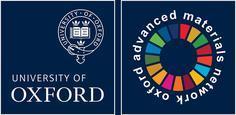Oxidation and stress corrosion cracking (SCC) of 316L stainless steel were studied in simulated pressurized water reactor primary water. Surface, crack flank, and crack tip oxides were analyzed and compared by high-resolution characterization, including oxidation state mapping. All oxides were found to have a triplex structure, although of different dimensions and composition, revealing the effects of local water chemistry and applied stress. The higher oxidation rate at the crack tip could be explained due to the existence of a higher dislocation density, higher level of stress and cation unavailability from the environment. The implications to SCC mechanisms are discussed.
transmission electron microscopy
,surface oxidation
,stainless steel
,crack tip oxidation
,stress corrosion cracking




